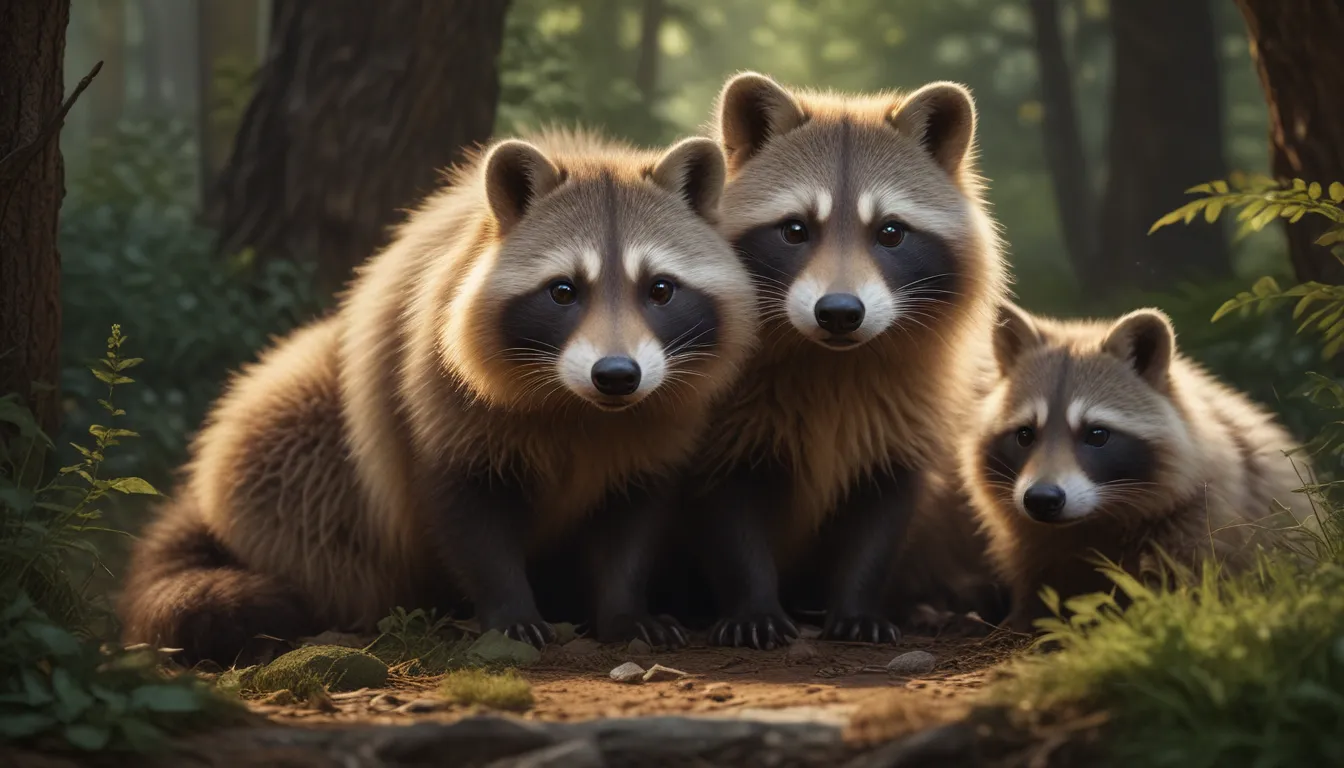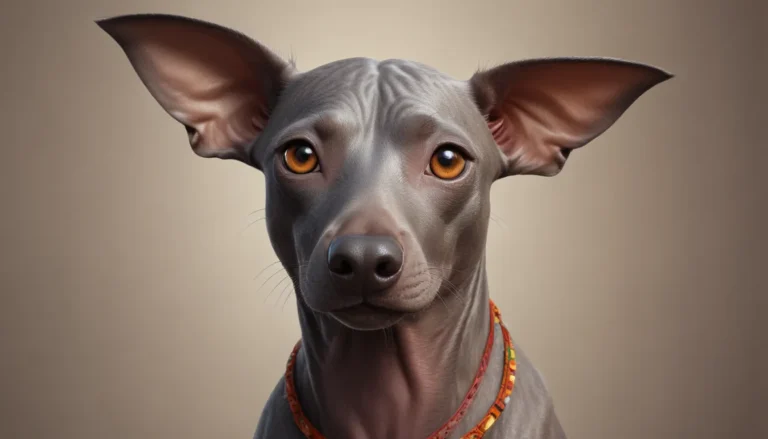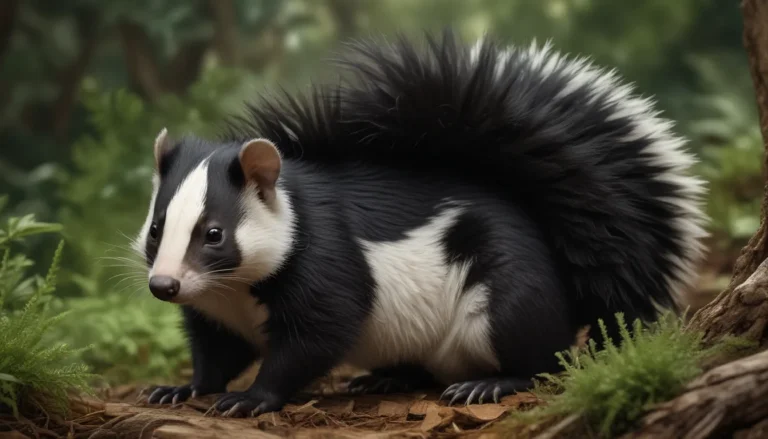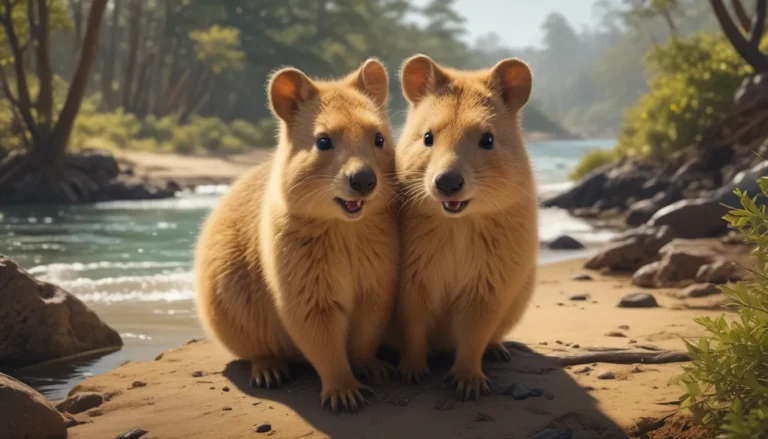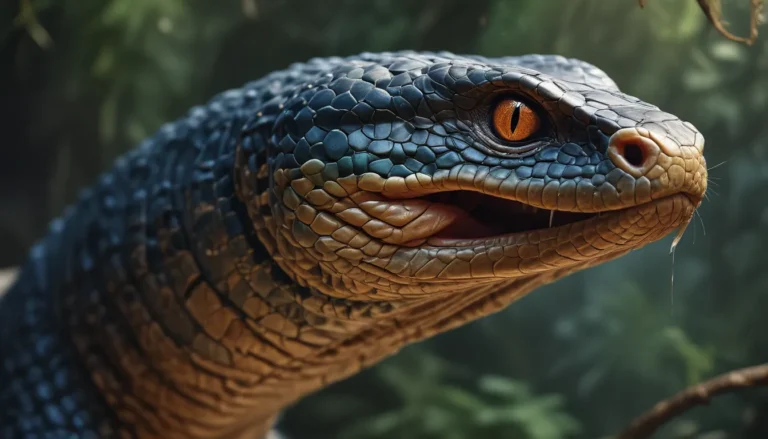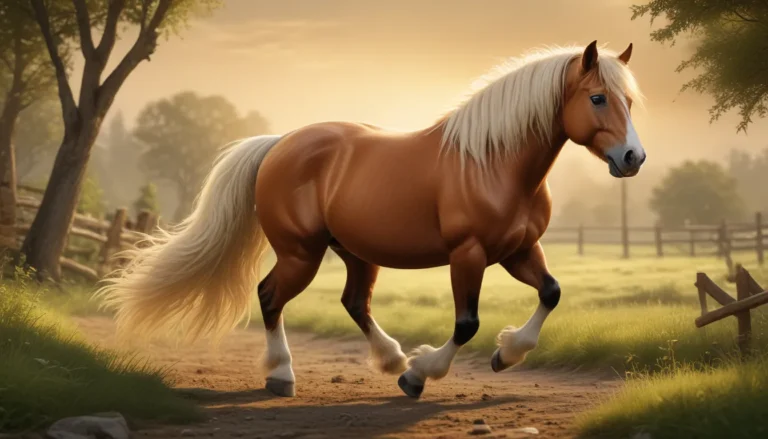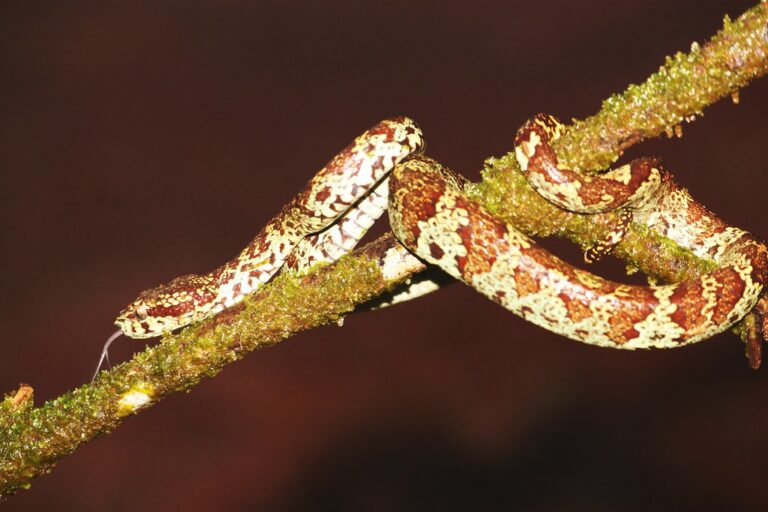The pictures we use in our articles might not show exactly what the words say. We choose these pictures to make you interested in reading more. The pictures work together with the words but don’t take their place. The words still tell you the important facts.
Are you curious about the fascinating world of raccoon dogs? Despite their misleading name, these animals are more closely related to foxes than raccoons. Native to regions like Japan, Korea, and parts of China, raccoon dogs have a unique set of characteristics that set them apart from other canines. From their omnivorous diet to their intriguing mating habits, there is so much to learn about these elusive creatures. Join us on a journey to uncover the hidden wonders of raccoon dogs with these insightful facts.
Unveiling the Mysteries of Raccoon Dogs
Raccoon Dogs: Not Your Typical Canines
Raccoon dogs are known for their furry appearance and unique characteristics. Here are some quick facts about these intriguing animals:
- Raccoon dogs typically grow between 45 to 21 cm long, with tails extending up to 18 cm.
- They weigh around 3 kg after hibernation, increasing to 7 kg by the end of summer.
- Their fur can withstand temperatures as low as -25 degrees Celsius in winter.
A Journey Across Continents
Originally native to the Far East, raccoon dogs have found their way to various parts of the world. Some essential facts about their distribution include:
- Raccoon dogs inhabit large parts of European Russia, Southern Finland, and even parts of Sweden.
- They are common in Eastern Europe, Germany, and parts of France.
- Japan and Denmark have implemented population control measures to manage their raccoon dog populations.
Debunking Myths: The Relationship Between Raccoon Dogs and American Raccoons
Despite their name, raccoon dogs are not closely related to American raccoons. Their closest relatives are actually foxes. Other interesting facts about raccoon dogs include:
- They have a cross pattern on their backs and yellow-brown fur on their abdomen.
- Raccoon dogs exhibit a diverse range of fur colors, from earthy-brown to brown-grey tones.
Unveiling the Diet of Raccoon Dogs
Omnivores of the Wild
Raccoon dogs exhibit an omnivorous diet, feeding on a variety of food sources. Here are some fascinating details about their dietary habits:
- They hunt insects, birds, fish, and shellfish, while also foraging for nuts and berries.
- Raccoon dogs can consume poisonous toads by diluting the poison with saliva.
- They have been observed eating fruits and other mammals in the wild.
Predatory Behavior
Raccoon dogs also display predatory behavior, particularly towards birds living near water bodies. Some intriguing facts about their predatory habits include:
- Between 20% to 50% of bird deaths in the wild result from raccoon dogs preying on them.
- Wolves are their primary predators, with foxes and birds of prey also targeting them for food.
- Badgers occasionally engage in conflicts with raccoon dogs over food sources.
The Circle of Life: Reproduction and Parenting
Mating Rituals of Raccoon Dogs
Raccoon dogs exhibit fascinating mating behaviors during their breeding season. Some noteworthy details include:
- Mating season typically occurs from February to April, with animals often pairing for life.
- Females go into heat for less than a week, engaging in multiple mating sessions during this period.
- In captivity, males may mate with several females, unlike their monogamous behavior in the wild.
Nurturing the Young
Female raccoon dogs show dedicated care towards their offspring, ensuring their survival in the wild. Some key aspects of their parenting behavior include:
- Females lactate for up to 2 months after giving birth, gradually introducing solid food to their pups.
- Raccoon dog pups are born blind and toothless, opening their eyes after 10 days.
- The lifespan of raccoon dogs in the wild remains a mystery, with captive individuals living up to 11 years.
Exploring Cultural Perspectives and Conservation Efforts
Cultural Significance and Conservation Challenges
Raccoon dogs hold a unique place in various cultures, from Japanese folklore to commercial fur trade. Some interesting cultural and conservation facts include:
- Japanese folklore portrays raccoon dogs as shapeshifting creatures with supernatural abilities.
- Raccoon dog fur has commercial value, with different subspecies exhibiting diverse fur qualities.
- Conservation efforts involve population control measures to manage and protect raccoon dog populations.
Wildlife Diseases and Public Perception
Raccoon dogs can carry various diseases, posing challenges to wildlife management and public health. Some intriguing facts related to diseases and public perception include:
- Raccoon dogs are vulnerable to parasitic infections, ticks, and rabies.
- Misconceptions about raccoon dogs carrying the SARS virus have been debunked through genetic analysis.
- Wildlife management practices involve hunting and breeding programs to regulate raccoon dog populations.
Telling Tales: From Mythology to Modern Media
Mythical Tales and Cinematic Representations
The rich cultural heritage surrounding raccoon dogs extends from mythology to modern media portrayals. Some engaging stories and cinematic representations include:
- Japanese folklore features raccoon dogs as tricksters with transformative abilities.
- Studio Ghibli's film "Pom Poko" showcases raccoon dogs facing environmental challenges in a vibrant narrative.
- The symbolic significance of raccoon dogs in Japanese myth highlights themes of virtue, luck, and transformation.
As we unravel the mysteries of raccoon dogs, we discover a world teeming with diversity and wonder. From their unique dietary habits to their cultural significance, these enigmatic animals continue to captivate minds and inspire curiosity. Join us in celebrating the extraordinary world of raccoon dogs, where nature and folklore intertwine to create a tapestry of intriguing tales and timeless truths.
